This month, Canada experienced over 400 wildfires. More than half of these are uncontrolled. The resulting effects of these fires have spread internationally, with three North American cities recording the worst air quality in the world. More recently in the past week, smoke reached Europe affecting our weather patterns and moon colour, as Canada recorded its most destructive fire season in modern history. Rapid global warming is making forest fires more frequent, larger, and more likely to happen.
Companies and status-quo politicians want us to believe that these forest fires are ‘natural disasters’, randomly tragic events in nature. They are wrong. Their mismanagement of them is the disaster.
I am lucky to be living in Scotland rather than experiencing the fires first-hand. However, seeing places I explored growing up burning, even from a distance, is frightening. I can see how reading the news here can lead to thinking that the forest fires are unfortunate natural disasters or signs of climate apocalypse, but I want to share a grain of hope in thinking of where they have come from, and how climate justice can be an answer. I also want to underscore the ways in which politics can be applied to ecosystems and nature in ways that frame them as “good” or “bad.” In fact, many nature events that are labelled hazards are normal and have played important ecological, historical, and cultural roles. The scale and frequency of nature events that can threaten lives are increasing with climate change. Ecosystems as well as people are struggling to manage their impacts, but by themselves they are not extraordinary risks.
Framing nature as “hazardous” can be used as a rationale by those in power to take extraordinary and damaging actions in response, misunderstanding the core root of the risk of climate change being the historical racism that is now exposing specific places and people to severe events and drastic ecological changes. They also encourage technical and Western scientific model-style management methods, which often see impactful events in isolation from their ecological and cultural landscapes.
Resilient change comes from tackling the underlying causes of climate change in its rapid increase of severe nature events, not from applying technical solutions in isolation or asking communities to simply adapt and change.
This is not new. ‘Natural’ disaster events, from drought to flooding, have been weaponised by oppressors for a very long time. Now and historically, companies and colonising countries holding power have both damaged lands to extract resources and wealth, increasing the likelihood of severe natural events by robbing ecosystems of their ability to recover, while holding these same communities in situations where they cannot recover. If a community is heavily deforested, not only is a local resource and source of culture and knowledge gone, but the soil and plant life are also more vulnerable to extreme storm destruction or wildfire spread. Thus, areas of heavy extraction, most often exploited along lines of oppression, are exposed to nature events that are deemed “natural disasters” or “hazards.” In fact, they are purposeful (or at least a project of negligence) and politically motivated. If forest fires were seen as system-level crimes, decision-makers and companies who are continuing to extract on Indigenous lands in Canada might be held responsible.
To me, in a way severe forest fires are not the most frightening thing I see from a distance. People in power making decisions to continue to extract fossil fuels while the landscape is burning is more frightening. Framing fire, a key part of Indigenous Canadian knowledge and life, as a hazardous event without acknowledging that this period of climate change might erase such culture is frightening. This is a justice issue.
Just this year, the total area of forest burned in Canada is nearly the size of Yorkshire.
After extended periods of burning, the forest can’t recover year to year. It can take up to 80 years to restore an ecosystem after a severe fire event. Older forests, which have been growing for hundreds of years, have the richest wildlife and longest ties between local communities, culture, and traditional knowledge. This is destroyed through burning and deforestation. As Canadian forests fail to recover year to year, the fires are spreading to the previously untouched forest further south and towards major cities. Forest fires are now so large that they also create their own storms, tornados, and smog. Toronto was covered in a thick grey smog that concealed the skyline.
All of this impacts the communities with the least resources to adapt or relocate the most. An Indigenous child growing up in Canada is now more than 86 times more likely to die in a forest fire event than the average Canadian. This is heart-breaking as Indigenous communities protect over 80% of the world’s biodiversity, it’s a huge injustice to continue to fuel a climate crisis that is taking lives, knowledge, and homes. More than 20,000 people have been displaced in the last year in the Northwest Territories of Canada. In cities, communities already living in areas of high air pollution, such as neighbourhoods centred on heavy industry or with less resources for green space, will feel the worst smog effects.
What can be done?
The Canadian government spends $14 billion CAD subsidising the oil and gas industry while Indigenous lands are burning. Every new oil field release the same amount of pollution as the world’s 28 least polluting countries combined. In one year, over 200 megatons of carbon dioxide are released by the wildfires that are increasing through this continued extraction. That’s more than Scotland emits per year. This is a justice issue, and we must apply huge pressure on companies and governments extracting fossil fuels globally.
Cultural burning, where communities burn small amounts of land locally for cultural and ecological reasons, is prevented by the Canadian Federal government on National parks and other protected lands. Not only does this encourage the development of technical solutions to ecosystems, but it also increases large fire events.
Communities should be seen as the sources of ecological knowledge, intertwined with the nature they live with. Solutions developed elsewhere, owned by external people, should not be forcibly applied.
Issues of injustice in areas beyond frontline communities must also be addressed, as environmental racism is apparent too in smog-impacted areas of cities. This will increase as people are displaced by nature events, such as fires, and forced to move to urban areas. Community organisations working from an intersectional justice lens must be supported:
DTES Response – Fundraising & Community Network Support
About – Skeetchestn Indian Band to find out more about cultural burning.
Holiday Wishlist – Downtown Eastside Women’s Centre (dewc.ca)
Nia Tero | Nia Tero | Indigenous Guardianship of Earth and All Beings
Outside of this, because a one-time donation of course doesn’t address the heart of issues, I always think it’s good to inform yourself on ways of knowing the land that aren’t based on Western scientific models and extraction:
Braiding Sweetgrass – Wikipedia
mediaINDIGENA – Interactive Indigenous Insight
Hunger strike | History books | The Guardian – Mike Davis writes on the historical racism of colonizers exposing colonized communities as a means of violent accumulation.

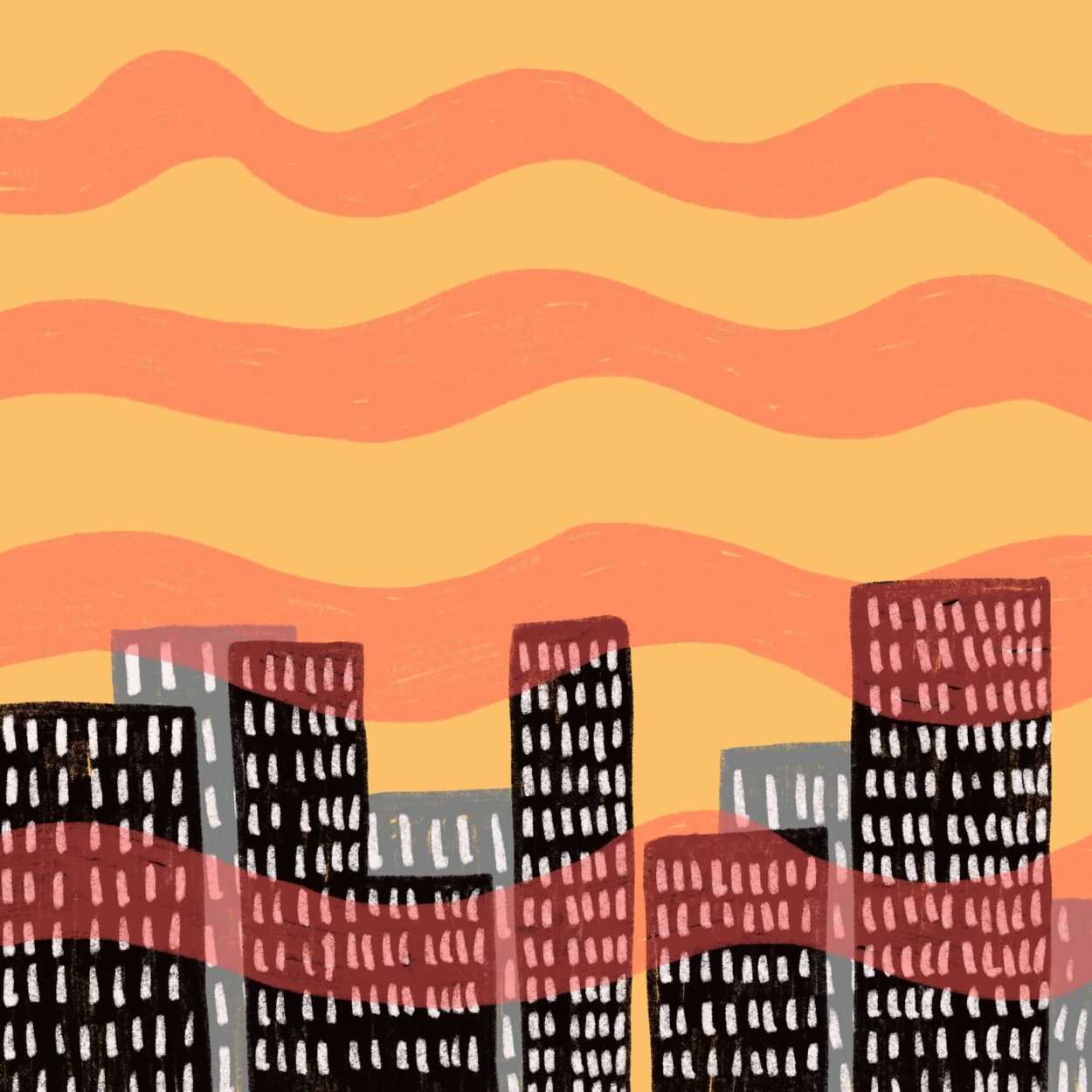
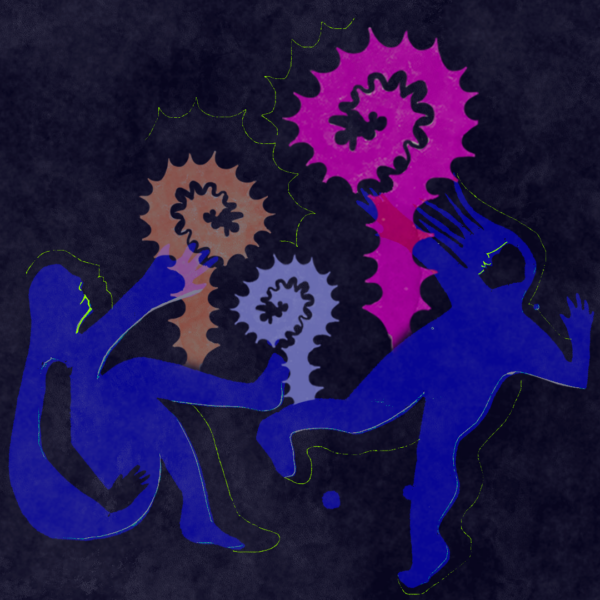

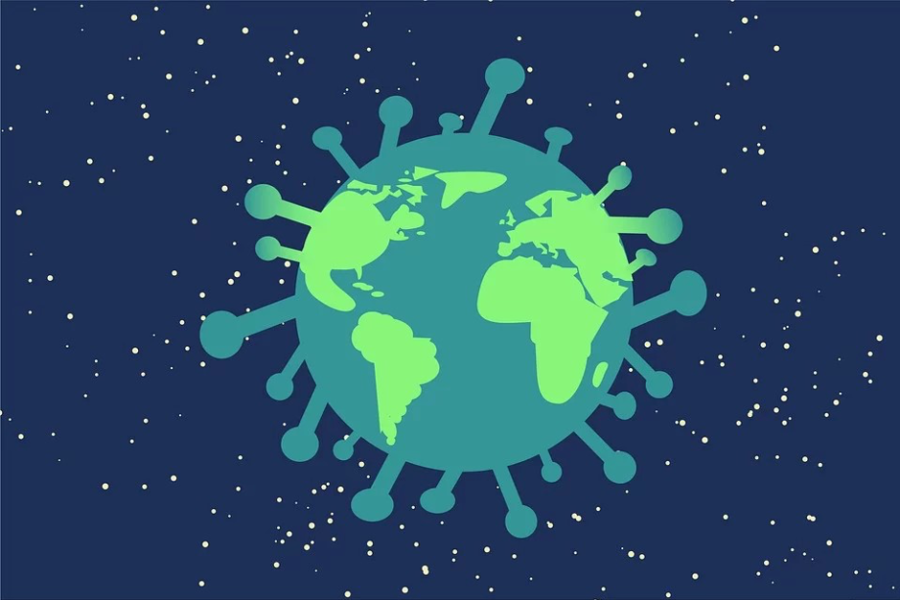
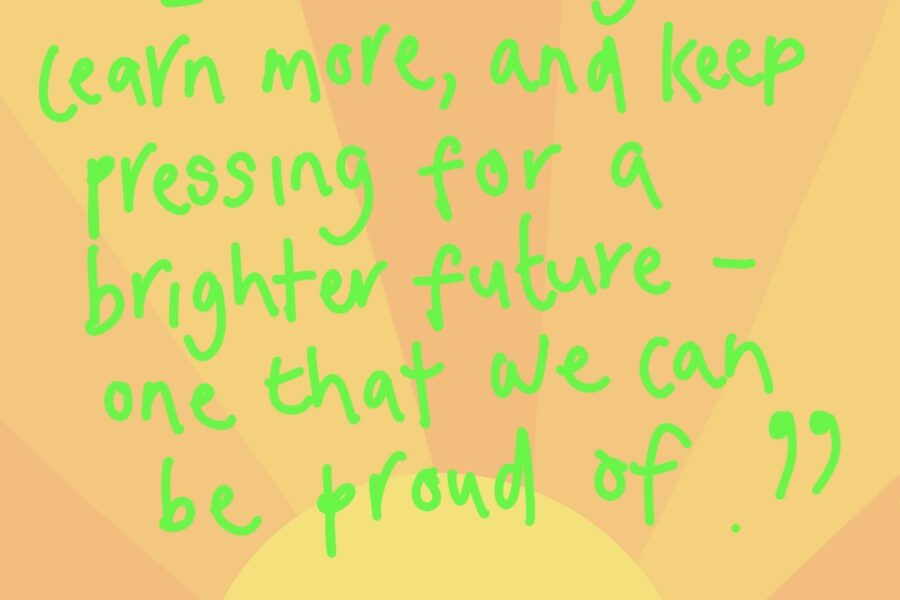
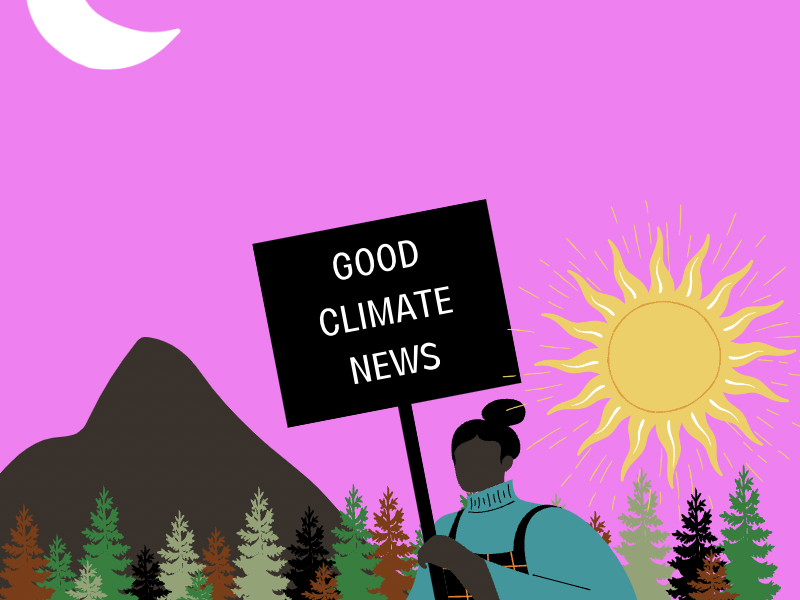
Leave a Comment